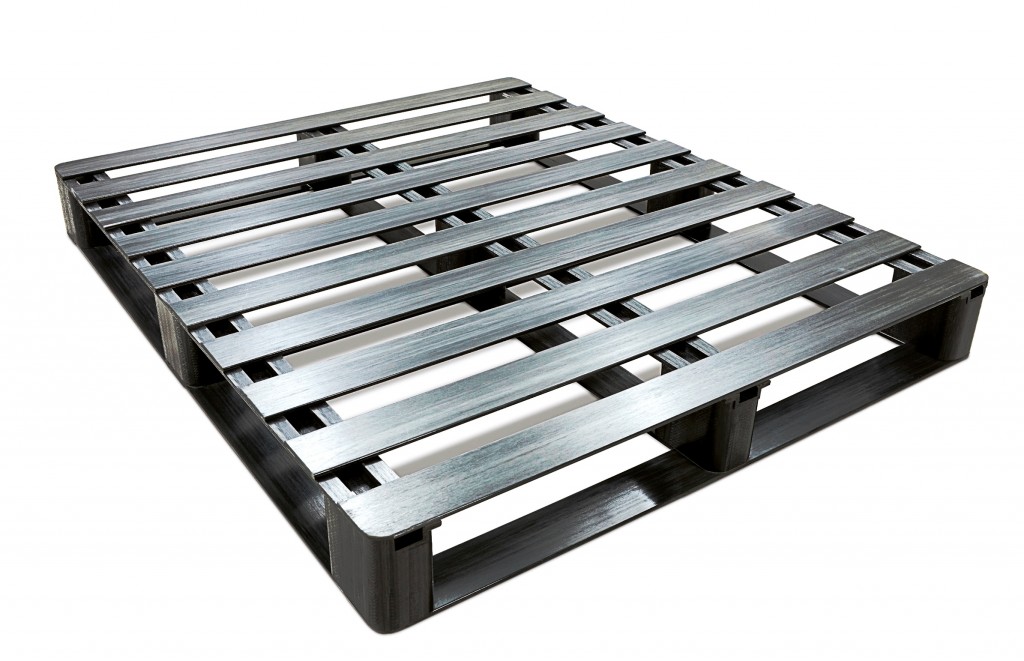
Quick question: How do most of your products, supplies, and raw materials arrive at your warehouse, dock or business? If yours is like most businesses, pallets still provide the basis for many — if not most — of you incoming shipments.
Despite the rise of robotic automated guided vehicles, inventory-taking drones, infrared radio frequency devices, and other high-tech warehousing and supply chain tools, the simple low-tech wooden or plastic pallet remains one of the most widely used tools in all of the materials handling industry.
That’s a LOT of Pallets!
At any given moment, there are more than 2 billion pallets in use in the United States alone, according to industry analysts. In fact, about 94 percent of all consumer and industrial products in the US travel on pallets at some point or another as they make their way through the supply chain from the manufacturer to the consumer.
And more pallets are entering the supply chain every day. Pallet usage is expected to grow an average 4.6 percent per year between now and 2019, according to the Technavio Global Pallet Market report.
Pallet Evolution
While most of these pallets remain the traditional 40-inch by 48-inch wooden pallets, many businesses are turning to new non-traditional pallet sizes to accommodate their specific needs.
Half pallets, which measure 40-inches by 24-inches, are increasingly popular among grocery stores, as well as businesses with limited storage space. These less bulky pallets can be more easily used in retail displays, such as end-aisle displays.
The way consumers shop has changed. There’s an increased demand for retailers to provide online ordering for their customers, which requires smaller, odd-shaped lots to make their way through the supply chain.
Safer Pallets
There’s also an increased awareness about the environmental impact of the way companies do business, which has led to the development of sustainable and reusable pallets made from materials like recycled cardboard and high-impact plastic.
Plastic pallets are less likely to split or break than wood. They also don’t contain nails, industrial staples or other potential hazards.
And they’re lighter, which reduces the risk of injury to workers and can lower transportation costs. Plus, unlike wood pallets, plastic pallets are unlikely to absorb bacteria and can be easily cleaned, reducing the risk of cross-contamination.
Pallets may be low-tech tools in a high-tech world. But they aren’t going anywhere, at least not in the near future.
Business will continue to come up with innovative, safe and effective ways to utilize pallets to streamline delivery, reduce costs, and maximize both profits and productivity.
